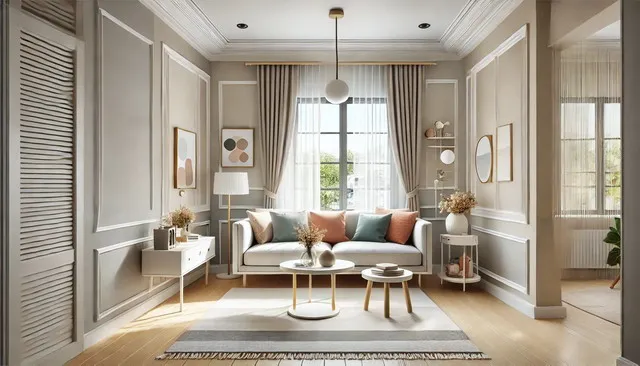Unlocking the Power of Paint: How Color Impacts Your Mood and Space
Choosing the right interior paint colors can feel overwhelming. With thousands of shades available, it’s easy to get lost in a sea of swatches. But the truth is, selecting the perfect hues is a powerful way to transform your home, impacting everything from your mood to the perceived size of your rooms. This isn’t just about aesthetics; it’s about creating a living space that truly reflects your personality and fosters a sense of well-being.
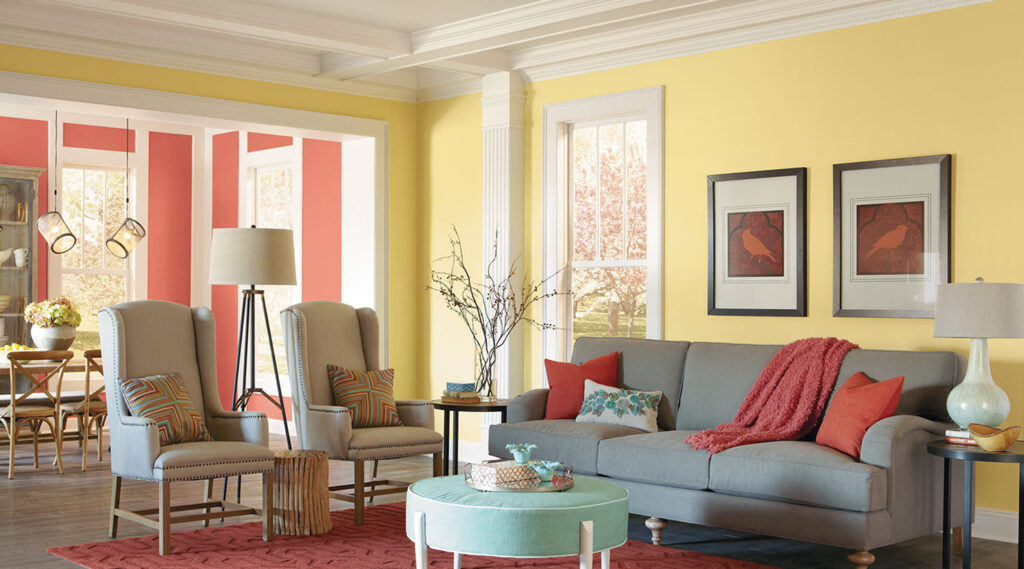
This comprehensive guide will walk you through the process of choosing the perfect interior paint colors, covering everything from understanding color psychology to practical tips for application and maintenance. Get ready to embark on a journey of color discovery and unlock the potential of your living spaces!

Understanding Color Psychology: The Emotional Impact of Hues
Before diving into specific colors, let’s explore the fascinating world of color psychology. Different colors evoke different emotions and can significantly impact the atmosphere of a room. For instance, warm colors like reds and oranges tend to create a feeling of energy and excitement, while cool colors such as blues and greens promote calmness and tranquility. Understanding this connection is crucial in creating the desired ambiance in each room.
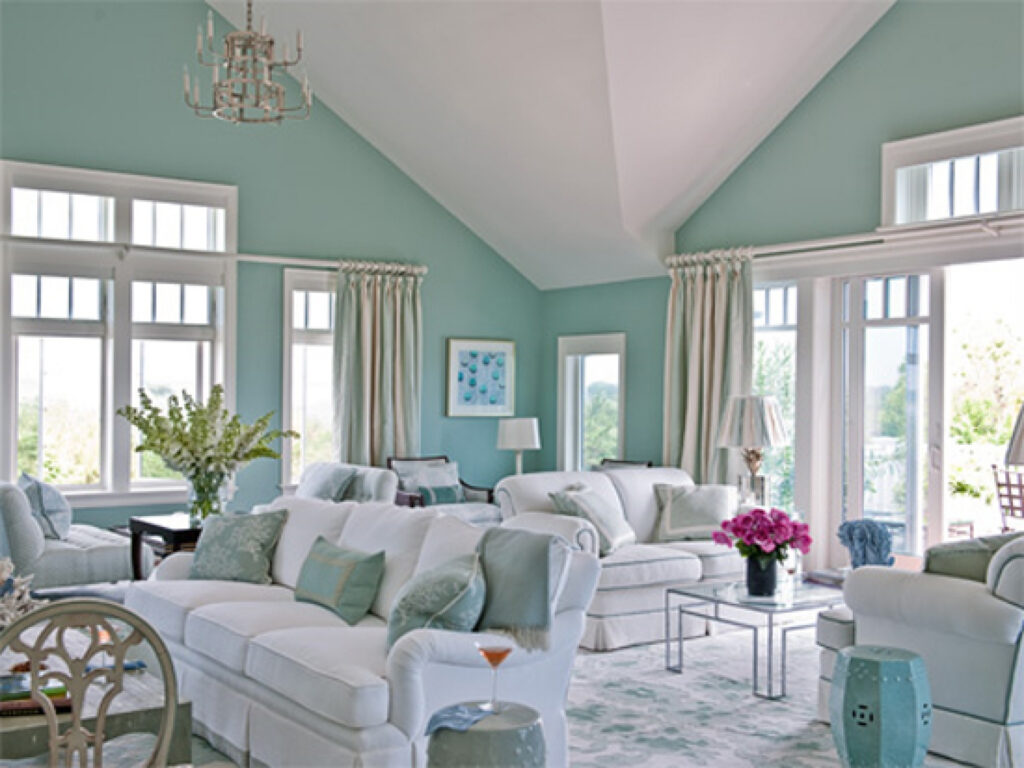
Warm Colors: Energy and Intimacy
- Red: Stimulating and passionate, red is best used in moderation. A red accent wall can add a pop of energy, but painting an entire room red might be too overwhelming for some.
- Orange: Cheerful and uplifting, orange is perfect for creating a warm and inviting atmosphere in dining rooms or kitchens.
- Yellow: Optimistic and bright, yellow can energize a space but should be used carefully as it can become overwhelming in large quantities.
Cool Colors: Calm and Serenity
- Blue: Serene and calming, blue is a popular choice for bedrooms and bathrooms, promoting relaxation and sleep.
- Green: Refreshing and restorative, green connects us with nature and creates a sense of peace and balance.
- Purple: Sophisticated and regal, purple can add a touch of luxury and elegance, but it’s best used as an accent color.
Neutral Colors: Versatility and Timelessness
Neutral colors like beige, gray, and white offer incredible versatility and are a safe choice for those seeking a timeless aesthetic. They serve as a perfect backdrop for furniture and artwork, allowing you to easily update your decor without repainting.
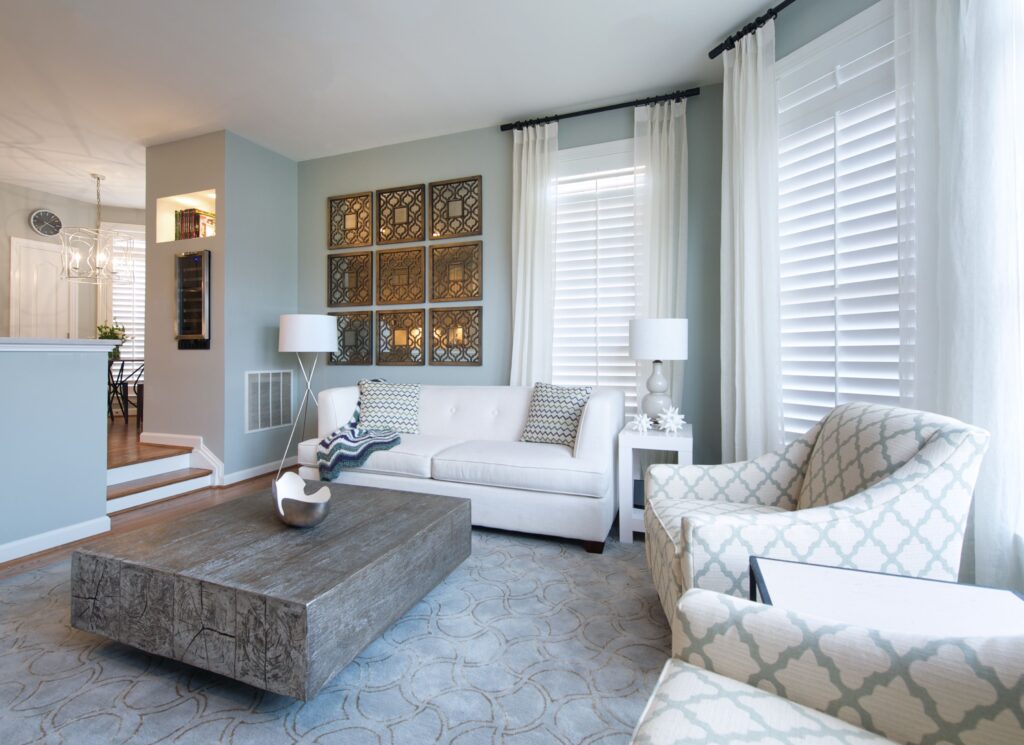
Choosing the Right Color for Each Room
Different rooms serve different purposes, and the ideal paint color should reflect this functionality. Let’s explore some room-specific color recommendations:
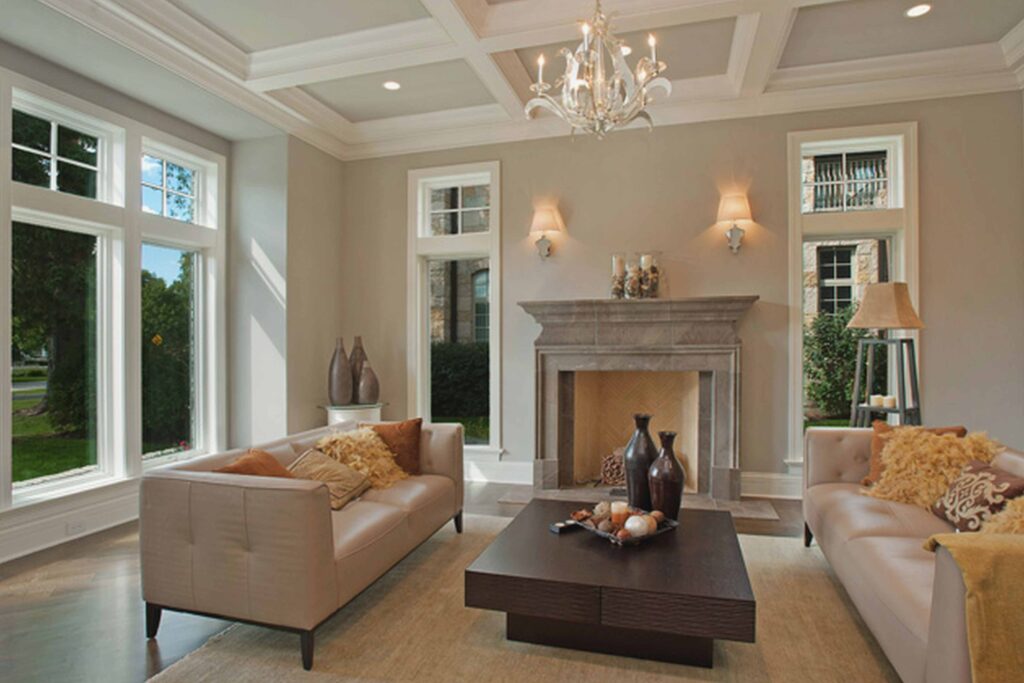
Living Room: Setting the Stage for Relaxation and Gathering
The living room is the heart of the home, a space for relaxation and socializing. Consider warm, inviting neutrals like beige or soft grays, or incorporate subtle pops of color with accent walls or furniture. Avoid overly bright or stimulating colors that might hinder relaxation.
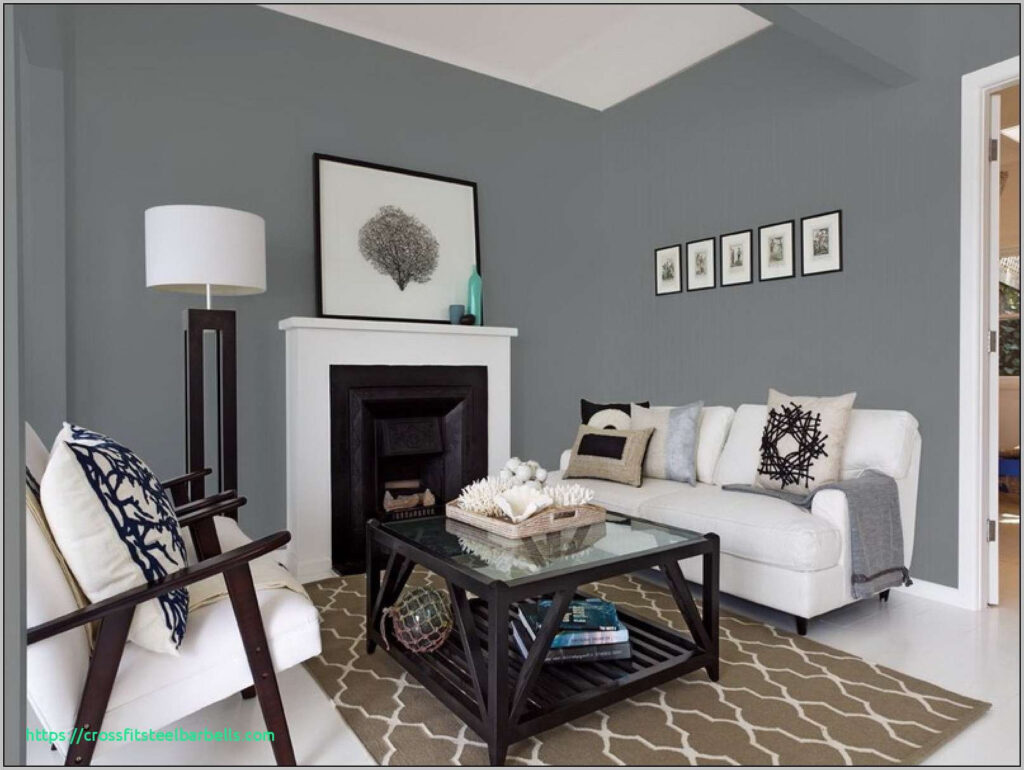
Bedroom: A Sanctuary of Rest and Rejuvenation
The bedroom should be a calming sanctuary, promoting restful sleep. Soft blues, greens, or lavenders are excellent choices. Avoid overly vibrant or stimulating colors that might interfere with sleep quality. Consider the calming impact of nature-inspired hues.
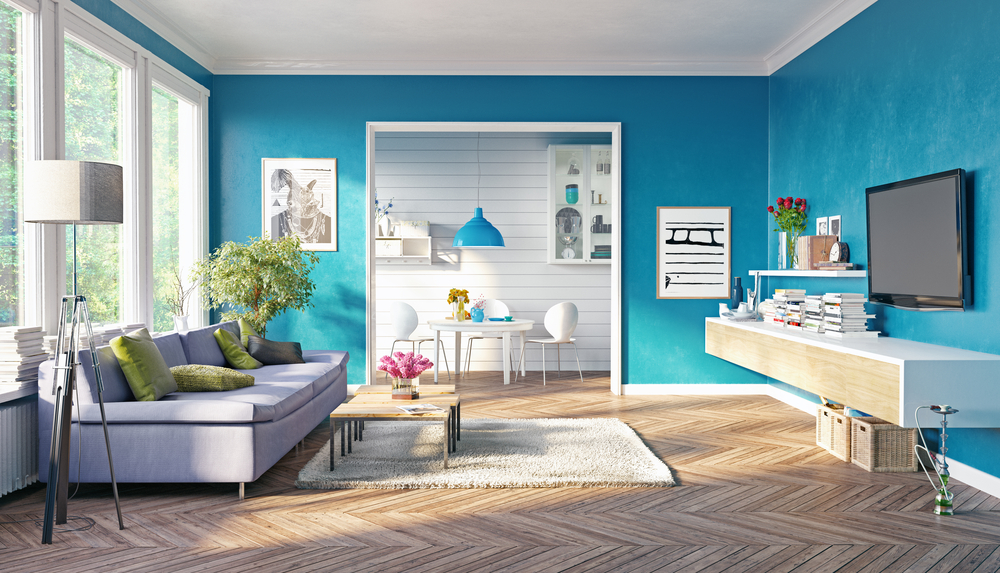
Kitchen: Inviting Warmth and Vibrancy
The kitchen is a space for culinary creativity and family gatherings. Warmer tones like yellows and oranges can create a cheerful atmosphere, while neutrals provide a clean and modern look. Consider the overall style and functionality of your kitchen when selecting a color scheme.
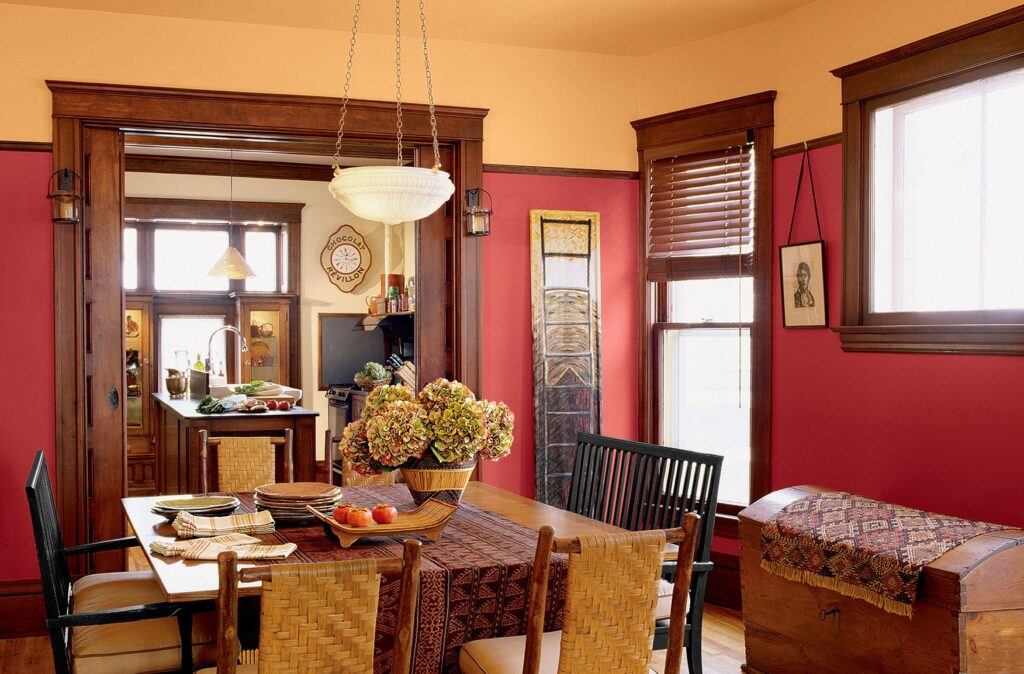
Bathroom: Tranquility and Cleanliness
The bathroom is a space for relaxation and rejuvenation. Soft blues and greens are popular choices, evoking the feeling of a spa-like retreat. Consider using lighter shades to make the space feel larger and brighter.
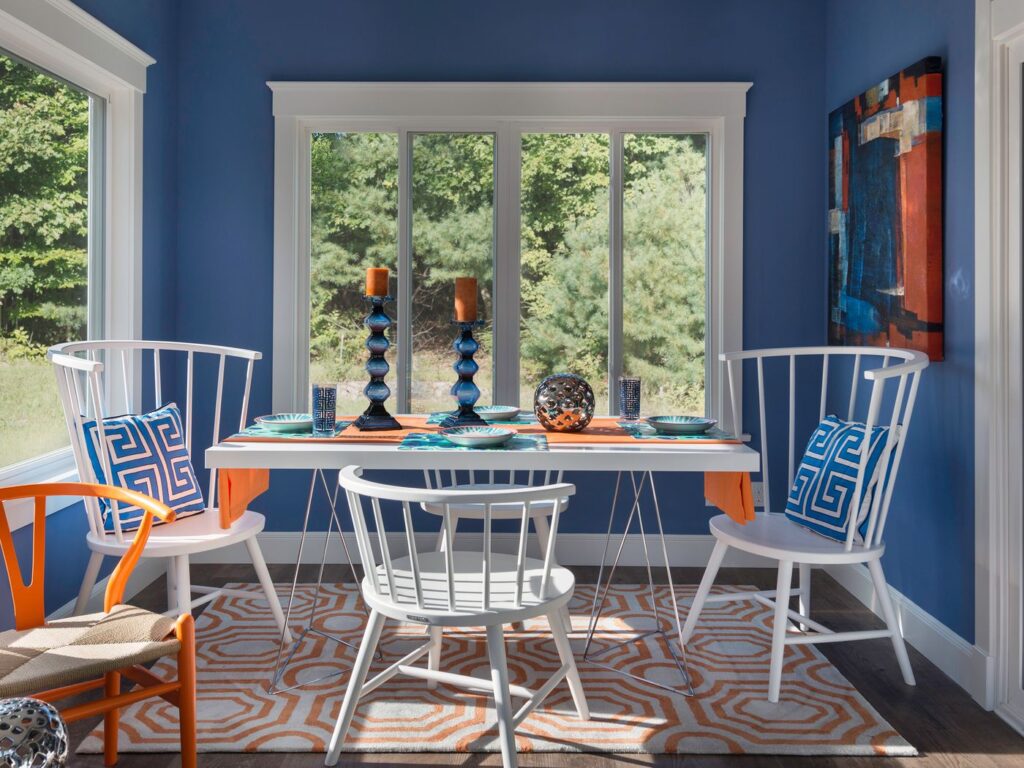
Practical Considerations: Light, Size, and Style
Beyond color psychology, several practical factors influence your paint color choices:
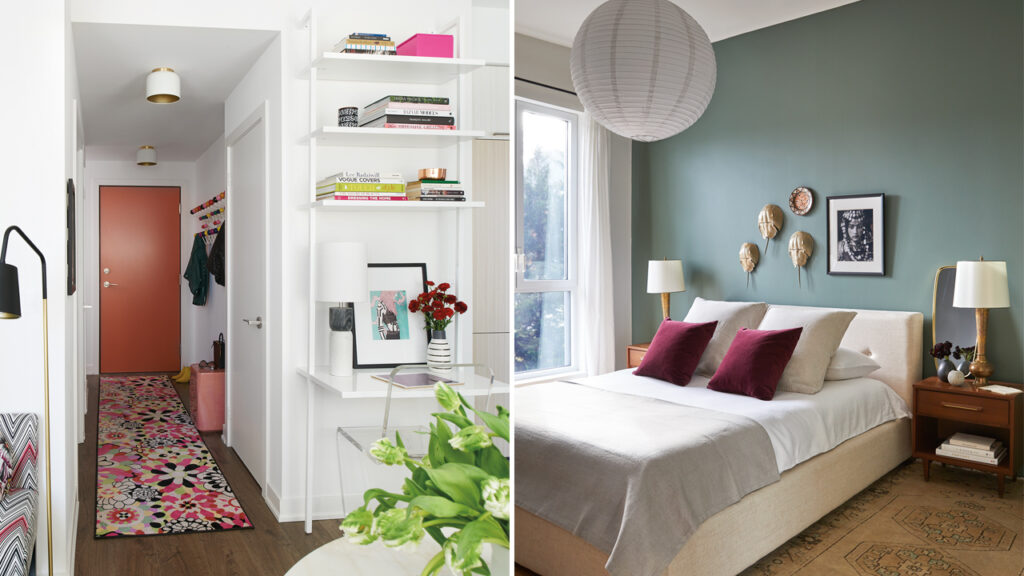
The Impact of Natural Light
Natural light dramatically alters the appearance of paint colors. Rooms with abundant natural light can handle bolder and darker shades, while rooms with less natural light benefit from lighter, brighter colors to prevent them from feeling cramped and gloomy.
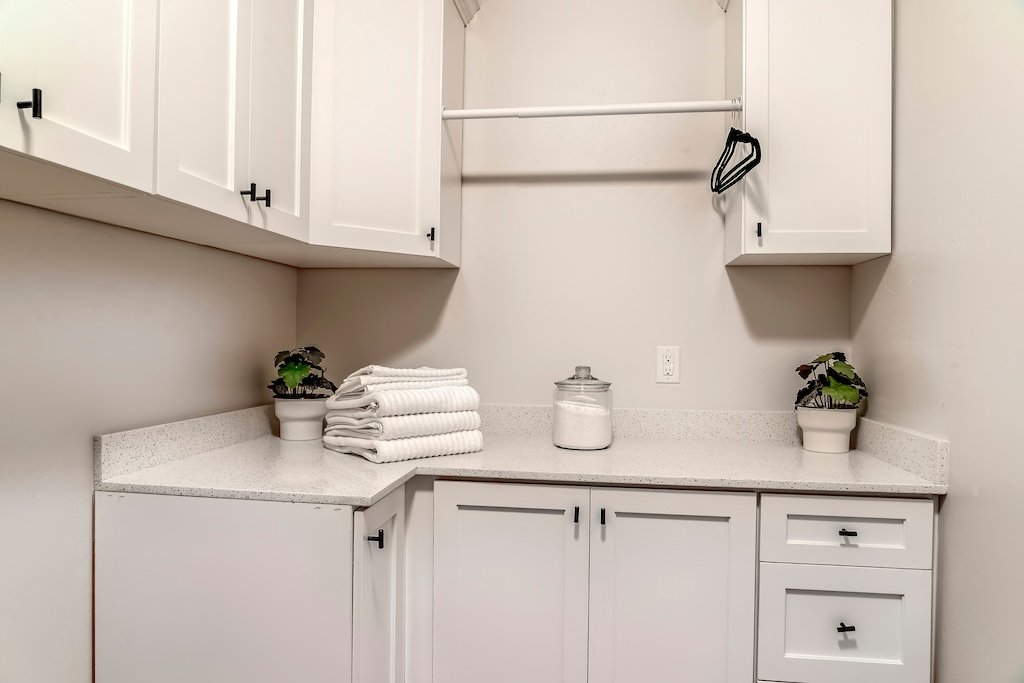
Room Size and Proportions
Light colors generally make rooms appear larger, while darker colors can make them feel smaller and more intimate. Consider the size of your room when selecting paint colors. Darker shades can work well in large spaces, but lighter shades are often a better choice for smaller rooms.
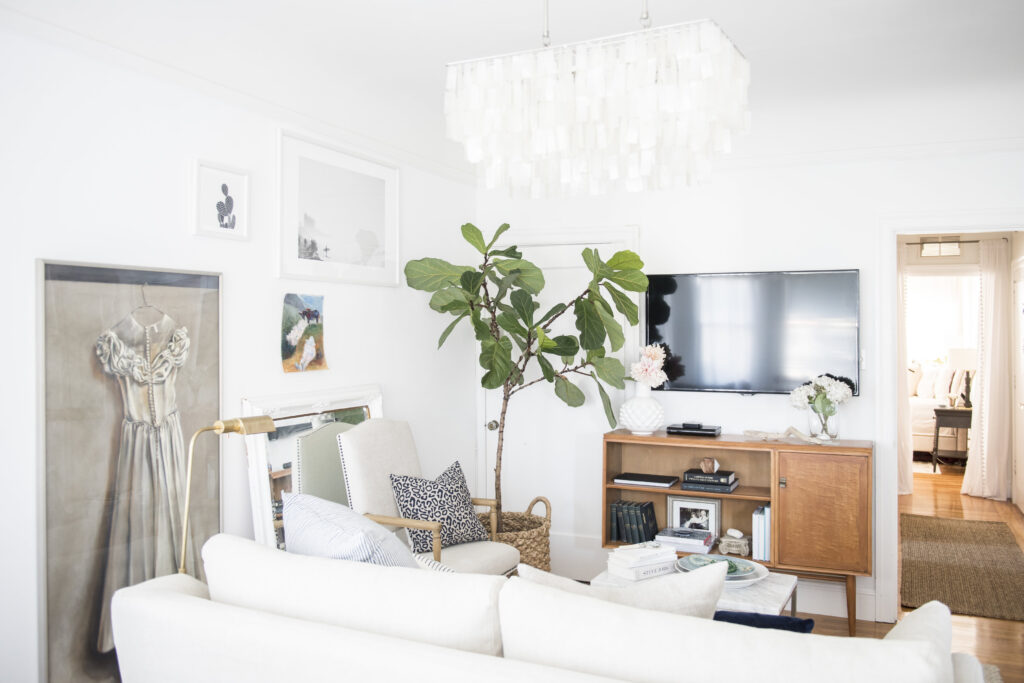
Existing Decor and Personal Style
Your existing furniture, flooring, and overall decor style heavily influence your paint color choices. Choose colors that complement your existing elements, creating a cohesive and harmonious aesthetic. Don’t be afraid to incorporate your personal style into your paint choices. After all, your home should be a reflection of you.
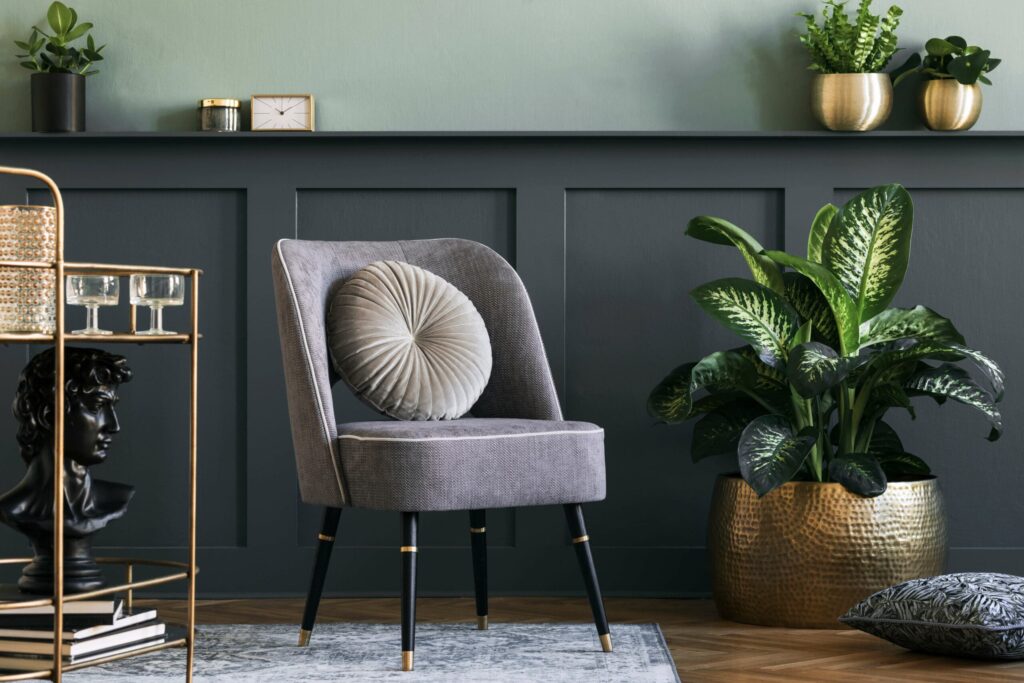
Choosing the Right Sheen
The sheen of your paint impacts its durability, washability, and overall appearance. Here’s a breakdown of common sheen options:
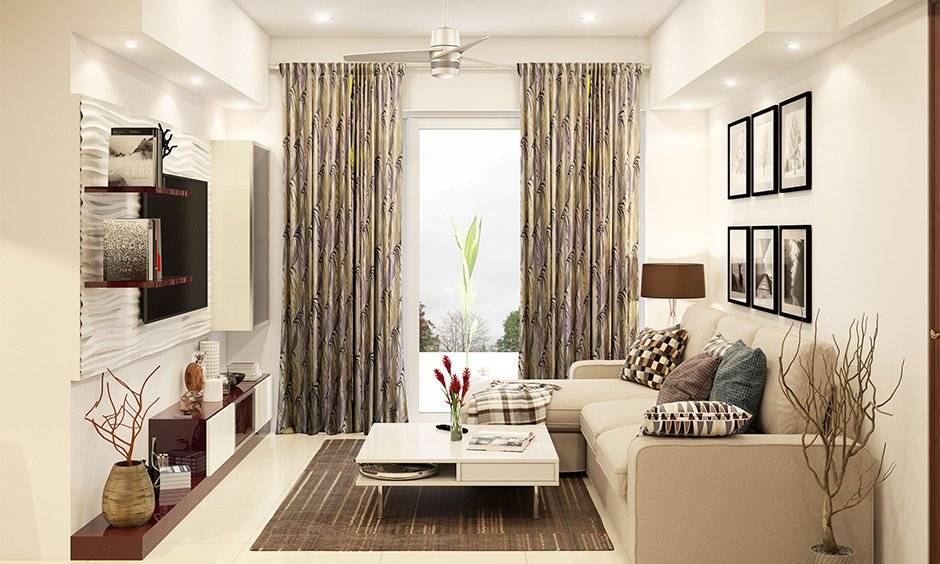
- Flat/Matte: Hides imperfections but is less durable and washable.
- Eggshell: Slightly more durable than flat and easily washable.
- Satin: Durable and washable, suitable for high-traffic areas.
- Semi-gloss: Highly durable and washable, ideal for trim and doors.
- High-gloss: Very durable and washable, but shows imperfections.
The Painting Process: Tips for a Professional Finish
Even the most beautiful paint color won’t shine if the application isn’t done properly. Proper preparation is key to a professional-looking finish. Ensure walls are clean, smooth, and properly primed before painting. Use high-quality brushes and rollers, and apply multiple thin coats for even coverage. Take your time, and enjoy the process of transforming your home!
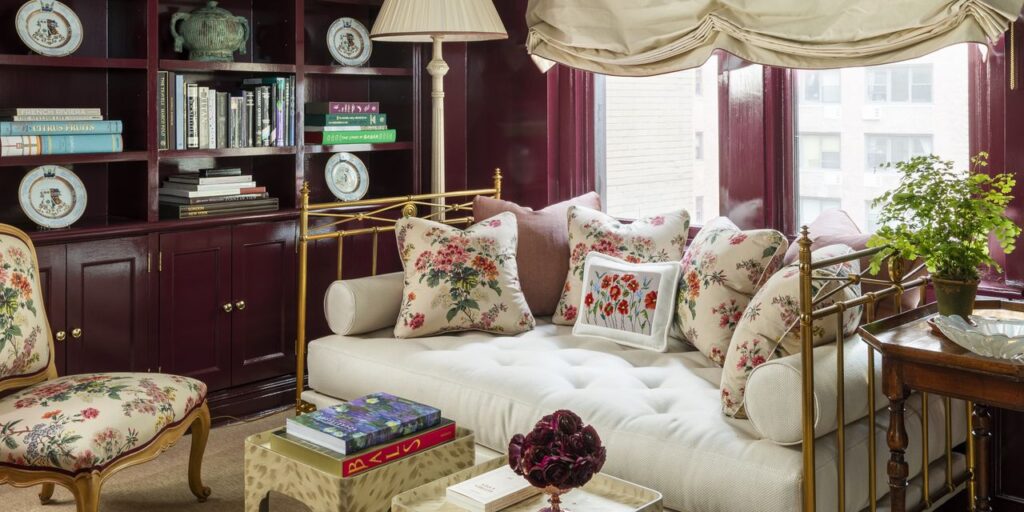
Maintaining Your Freshly Painted Walls
Proper maintenance is essential to preserving the beauty of your freshly painted walls. Regular dusting and occasional cleaning with a damp cloth will help maintain their appearance. For tougher stains, use a gentle cleaner specifically designed for painted surfaces. With proper care, your beautifully painted walls will continue to enhance your home for years to come.
